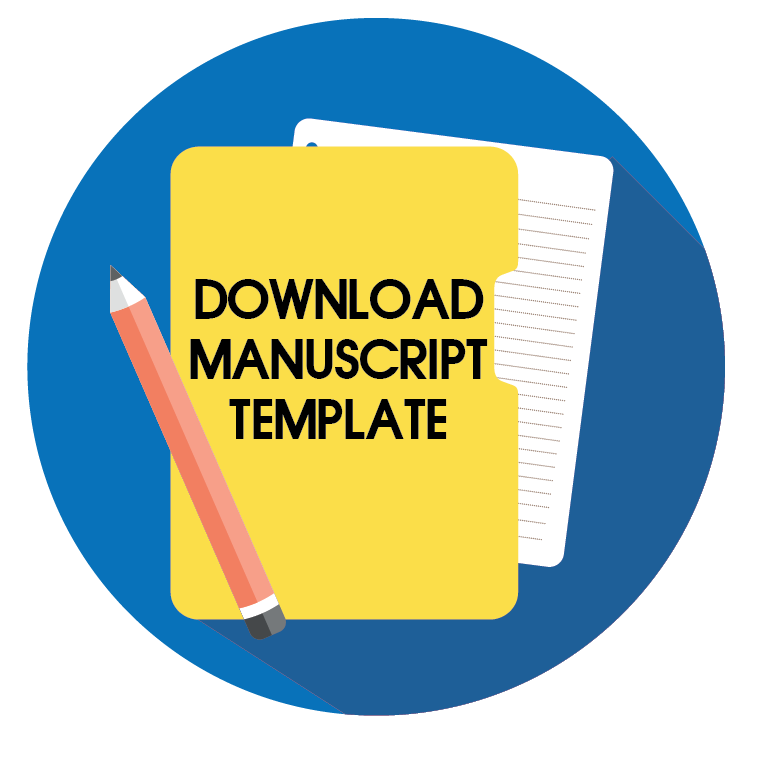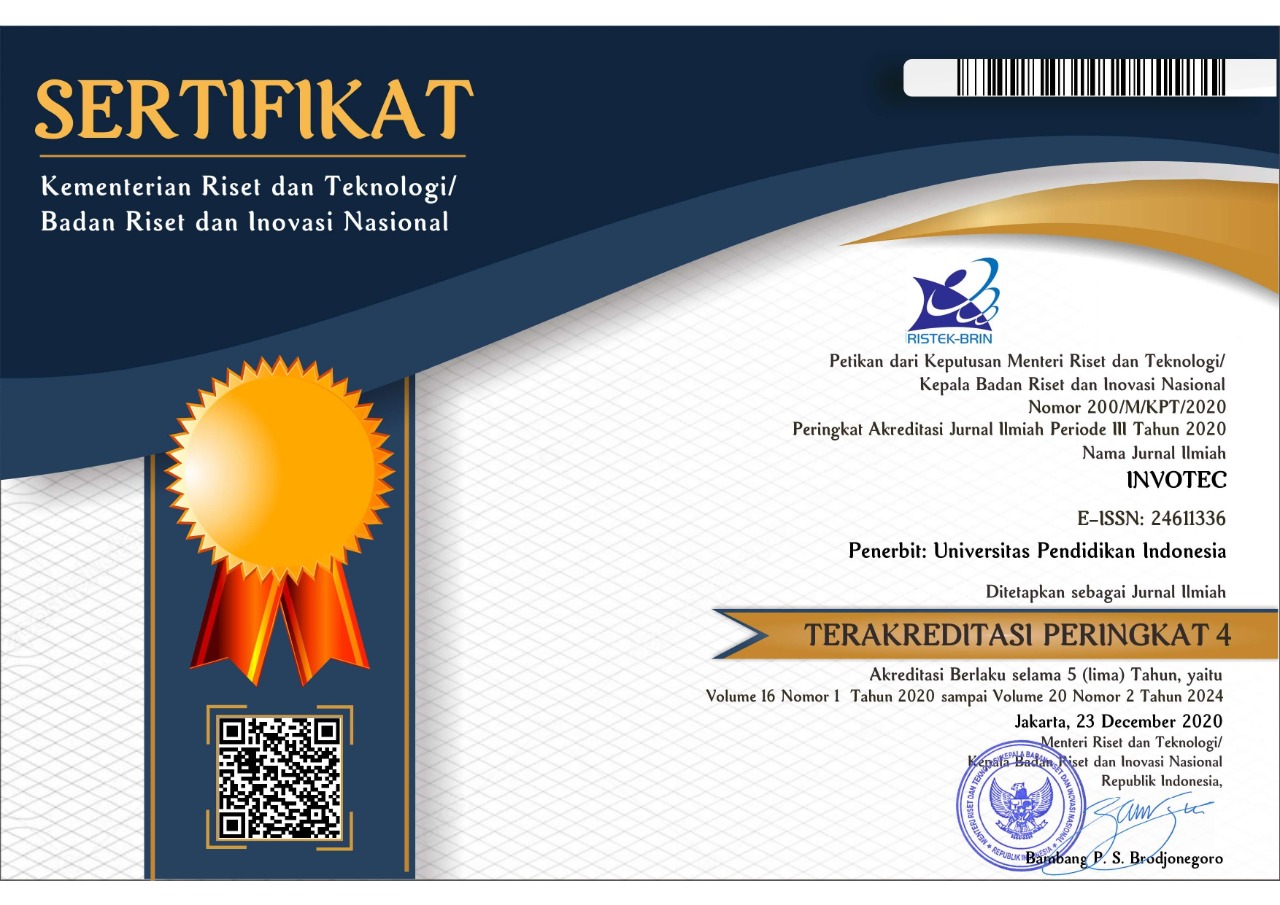Fashion Students' Perception of Clo3d as Digital Innovation in Sustainable Design
Abstract
The fashion industry currently ranks as the second-largest contributor to global waste, highlighting the urgent need for sustainable solutions, particularly in achieving sustainable design. This study investigates the perceptions of Fashion Design students regarding the use of CLO3D software as a digital innovation that supports sustainable design practices. The study explores how students use CLO3D and their understanding of its relevance to sustainability in fashion. A descriptive survey method was employed, using purposive sampling of 35 students from the Fashion Design Education programs at Universitas Pendidikan Indonesia (UPI) and Universitas Negeri Yogyakarta (UNY), all of whom had experience in learning and using CLO3D. The findings indicate a generally positive response regarding students’ perceptions and understanding of CLO3D as a digital innovation that contributes to sustainable design. The study reveals that students are aware of the connection between CLO3D usage and efforts to achieve sustainable fashion practices. However, it also identifies a challenge students perceive CLO3D as more difficult to use and more time-consuming compared to other design software.
Keywords
Full Text:
PDFReferences
Akram, S.V., Malik, P.K., Singh, R., Shrestha, S. (2022). Implementation of Digitalized Technologies for Fashion Industry 4.0: Opportunities and Challenges. Scientific Programming, 2022 (1), 1-17.
Choi, K. H. (2022). 3D dynamic fashion design development using digital technology and its potential in online platforms. Fashion and Textiles, 9 (1), 1-28.
Davis, L. Y., Zhao, L., Davis, D., & Liu, Y. (2024). Identifying critical resources for successful fashion startups in the USA: an exploratory study. Journal of Fashion Marketing and Management, 28(5), 997–1014.
De Oliveira Neto, G. C., Correia, J. M. F., Silva, P. C., de Oliveira Sanches, A. G., & Lucato, W. C. (2019). Cleaner Production in the textile industry and its relationship to sustainable development goals. Journal of cleaner production, 228, 1514-1525.
Dolzhenko, I. B., & Churakova, A. A. (2022). Environmental responsibility of fashion industry Multinational Corporations (MNCs) in the context of Industry 4.0. In Industry 4.0: Fighting climate change in the economy of the future (pp. 79-89). Cham: Springer International Publishing.
Gabriel, M., & Luque, M. L. D. (2019). Sustainable development goal 12 and its relationship with the textile industry. In The UN Sustainable Development Goals for the textile and fashion industry (pp. 21-46). Singapore: Springer Singapore.
Guo, X., & Hou, L. (2022). Key technology research of digital fashion based on virtual technology. Advances in Transdisciplinary Engineering, 20, 894-903.
Hartanto, S. (2020). CLO3D sebagai alat bantu R&D produk fesyen setelah pandemi. In International Conference on Art, Design, Education and Cultural Studies (ICADECS), 128-135.
Jones, P. (2024). Sustainability in the Apparel Industry: A Study of the World’s Leading Ten Apparel Companies. The Palgrave Handbook of Consumerism Issues in the Apparel Industry, 227-244.
Khomariah, S., Febriana, R., & Putri, V. U. G. (2025). The Influence of Clo3D Software on Sustainable Fashion Practices: A Comprehensive Literature Analysis. Global Synthesis in Education Journal, 3(1), 48-56.
Melek, E., Sözüer, Z.D. (2023). Virtual Clothing Design Process In Fashion Design: CLO3D Example. Romaya Journal: Researches on Multidisciplinary Approaches, 3 (2), 1-8.
Mohamed, S. M. (2025). The benefits of using 3D CAD software to modify clothing virtual prototype. International Design Journal, 15(2), 415-426.
Niinimäki, K., Peters, G., Dahlbo, H., Gwilt, A. (2020). The environmental price of fast fashion. Nature Reviews Earth and Environment, 1 (4), 189-200.
Prasetya, L. A., Widiyawati, I., Rofiudin, A., Haq, S. T. N., Hendranawan, R. S., Permataningtyas, A., & Ichwanto, M. A. (2025). The use of CLO3D application in vocational school fashion expertise program: Innovations, challenges and recommendations. Journal of Research in Instructional, 5(1), 287-299.
Prayuda, A.D. and Sembiring, E. (2023). Post Consumed Textile Waste Management and its Impacts on the Environment and Economy in Bandung City. IOP Conf. Series: Earth and Environmental Science, 1257 (1), 1-14.
Song, Y., Xiang, S., & Sun, Y. (2022). Reverse flow optimization design of garments based on virtual simulation technology. Journal of Silk, 59 (4), 59-64.
Statista. (May 16, 2024). Projected carbon dioxide equivalent emissions of the apparel industry worldwide from 2019 to 2030 (in million metric tons) [Graph]. In Statista. [Internet]. Availabe From: https://www.statista.com/statistics/1305696/apparel-industry-co2e-emissions/
Thakker, A. M., & Sun, D. (2023). Sustainable development goals for textiles and fashion. Environmental Science and Pollution Research, 30(46), 101989-102009.
Ujjawal, N., Gupta, M., Tripathi, B., Shyam, H.S. (2025). Toward a Sustainable Development: Role of Sustainable Raw Material in Apparel Industry. Macromolecular Symposia, 414 (2).
Vrljanac, M., Šikman, K., Simić, M., Naumović, T., & Despotović-Zrakić, M. (2023). Application of 3D Modeling in the Fashion Industry. In E-business technologies conference proceedings, 3(1), 176-184.
Wang, Y.X. & Liu, Z.D. (2020). Virtual clothing display platform based on clo3d and evaluation of fit?. Journal of Fiber Bioengineering and Informatics, 13 (1), 37-49.
Widiyawati, I., Prasetya, L. A., Permataningtyas, A., Nurhadi, D., Hidayati, N., & Ichwanto, M. A. (2024). Application of Clo3d Technology in Fashion Vocational Education in Vocational Schools: A Systematic Literature Review. IJECA (International Journal of Education and Curriculum Application), 7(3), 268-278.
Widya, M. dan Setyowati, E. (2023). Pengembangan Media Pola Busana Zero Waste Menggunakan Aplikasi Clo Virtual Fashion 3d Di SMK Negeri 1 Pringapus. Fashion and Fashion Education Journal, 12(2), 54-66.
DOI: https://doi.org/10.17509/invotec.v21i1.85629
Refbacks
- There are currently no refbacks.
Copyright (c) 2025 INVOTEC

This work is licensed under a Creative Commons Attribution-ShareAlike 4.0 International License.
This journal provides immediate open access to its content on the principle that making research freely available to the public supports a greater global exchange of knowledge.

This work is licensed under a Lisensi Creative Commons Atribusi-BerbagiSerupa 4.0 Internasional.




